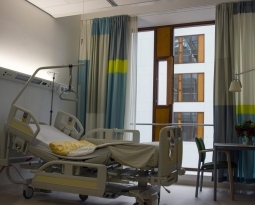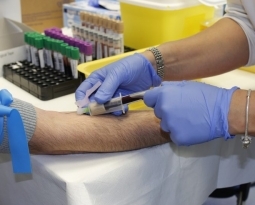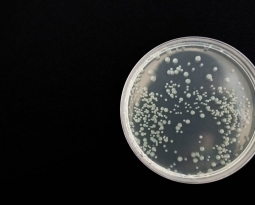California Patent of the Month – February 2023
Diabetes affects millions of people globally, and continues to grow in prevalence. The traditional method of monitoring blood glucose levels, to manage diabetes, requires multiple daily finger pricks, which can be painful, invasive, and hinder a person’s quality of life. In an effort to make blood glucose monitoring easier and less intrusive, Movano, Inc. has developed a radio wave-based monitoring method.
The technology uses radio waves to transmit data below the skin surface, allowing for continuous monitoring without the need for frequent finger pricks. The health monitoring device is designed with an alignment feature that is worn on the skin and engages with a similar feature on the device. The device then transmits short range millimeter radio waves below the skin surface, and receives the reflected portion of the radio waves. The reflected radio waves are then analyzed, extracting a specific signal which corresponds to the blood glucose levels. This is possible because the amount of glucose in the blood impacts how the radio waves scatter upon impact. Therefore, the reflected signal will differ based on the blood glucose levels. Comparing the signal against either a reference or baseline database can effectively determine the user’s real-time blood glucose levels.
This new technology invented by Movano has the potential to revolutionize the way we manage diabetes, as it provides a non-invasive, pain-free, and continuous method of monitoring blood glucose levels. It could also significantly reduce the costs associated with traditional monitoring methods, including the cost of equipment and supplies.
Movano is a health-focused technology company, developing wearable personalized devices that use radio frequency technology to measure and monitor vital health data. Its this data that allows wearer’s to take in feedback and make actionable changes.
Are you developing new technology for an existing application? Did you know your development work could be eligible for the R&D Tax Credit and you can receive up to 14% back on your expenses? Even if your development isn’t successful your work may still qualify for R&D credits (i.e. you don’t need to have a patent to qualify). To find out more, please contact a Swanson Reed R&D Specialist today or check out our free online eligibility test.
Who We Are:
Swanson Reed is one of the U.S.’ largest Specialist R&D tax advisory firms. We manage all facets of the R&D tax credit program, from claim preparation and audit compliance to claim disputes.
Swanson Reed regularly hosts free webinars and provides free IRS CE and CPE credits for CPAs. For more information please visit us at www.swansonreed.com/webinars or contact your usual Swanson Reed representative.

















